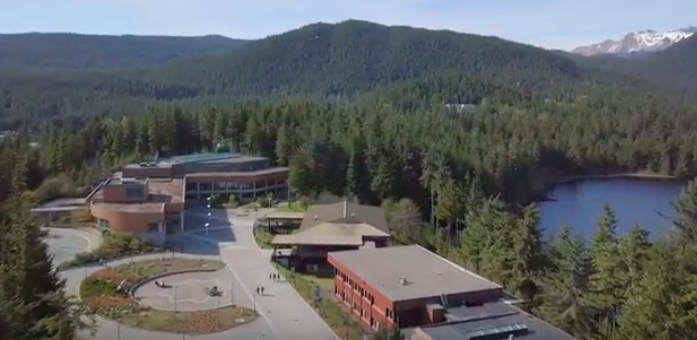University of Alaska Panics after State Legislature did not Override Budget Cuts

The University of Alaska system is the latest education system to see proposed budget cuts, as states are trimming their higher education budgets (which continue to rise unabated) in favor of other programs. Earlier this year, in February, Alaska Republican Governor Mike Dunleavy proposed budget cuts to the tune of $310 million, in order to bridge a $1.6 billion deficit in the state budget.
University officials expected the state legislature to override Dunleavy’s budget cuts proposal, but it failed to do so. Now, the budget cuts will have to be completed by July 1, 2020. Yet, the University of Alaska’s Board of Regents delayed a vote on financial planning, called “financial exigency,” until July 30. The board hopes that the state legislature will make adjustments to the cuts by that time, although it appears unlikely at this time.
One of the affected programs of the budget cuts could be the university system’s Arctic research, which focuses on climate change. The University of Alaska-Fairbanks, according to an analysis, is “among the world’s top Arctic science institutions in terms of funding and publications.” University of Alaska-Fairbanks geophysicist Nettie LaBelle-Hamer said, “I’m extremely frustrated…It’s not just about climate, it’s also about the socioeconomics, politics … we need to be part of that.” The university system’s vice president for academics, students, and research at the University of Alaska-Fairbanks, Paul Layer, said that a high priority of his is “to maintain our status in Arctic research. It’s the one thing we do better than anybody.” LaBelle-Hamer criticized Dunleavy’s proposal, “In [the governor’s] view, all we need to do is get more federal funding and we’ll be fine…He doesn’t understand the research model.”
As a result of the budget cuts appearing to go through, Moody’s Investor Service downgraded the University of Alaska’s credit rating. Moody’s said, “With this unprecedented single-year cut in state appropriations, there is a high likelihood of a material reduction in the university’s liquidity over the next year as it uses cash to fund programs pending restructuring of operations, and for the associate costs of that restructuring.”
Among several proposals, the University of Alaska could eliminate duplicitous academic programs by offering a single business or engineering college program across all universities. That proposal, according to the board, would generate $20 million, while shutting down all 13 community campuses could save $30 million, both of which fall short of the necessary $200 million in budget cuts. Adding to that, the university said that if it waited until February 2020 to make a decision, the university system would run out of money.
To partly offset the budget cuts, Dunleavy proposed a $20 million funding increase for the Alaskan community colleges, which are also known as “community campuses.” At the time of the proposal, University of Alaska president Jim Johnsen claimed that if the budget cuts would go through, they would be the biggest budget reductions in the history of the university system. He added that at least 1,300 faculty and staff members would have to be fired and the university’s research efforts would be in jeopardy. Johnsen also claimed that the University of Alaska had already been operating on a lean budget. He said, “Cuts at this level cannot simply be managed or accommodated” because the cuts “will devastate university programs and services” and that the lower spending on the university “will hurt Alaska’s economic competitiveness now and long into the future.”
Dunleavy, in his community campus funding proposal, compared the cost-per-student between the University of Alaska and community campuses: it costs community campuses $8,210 per student, compared to $25,336 per student in the University of Alaska system.




